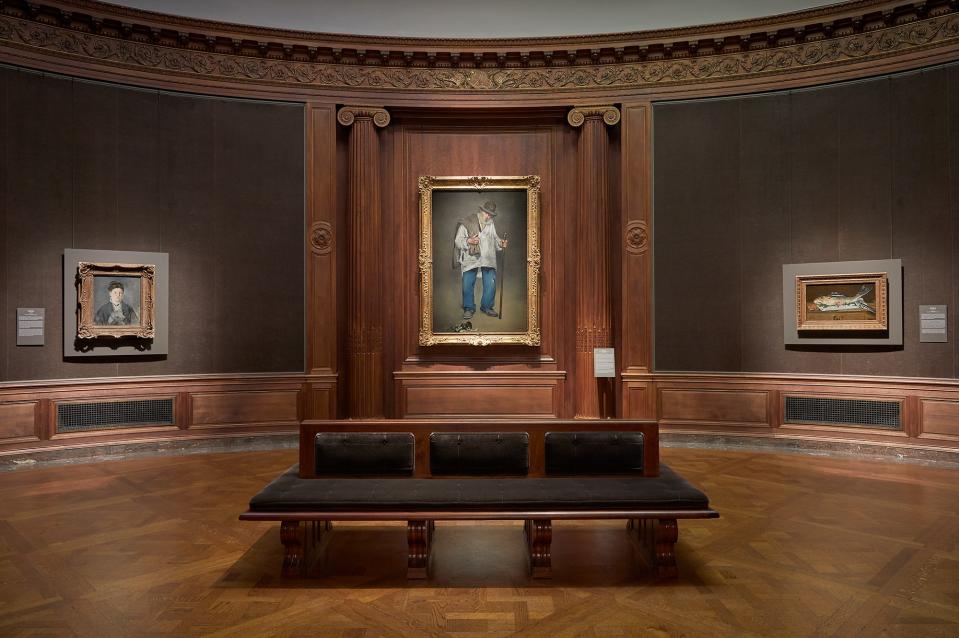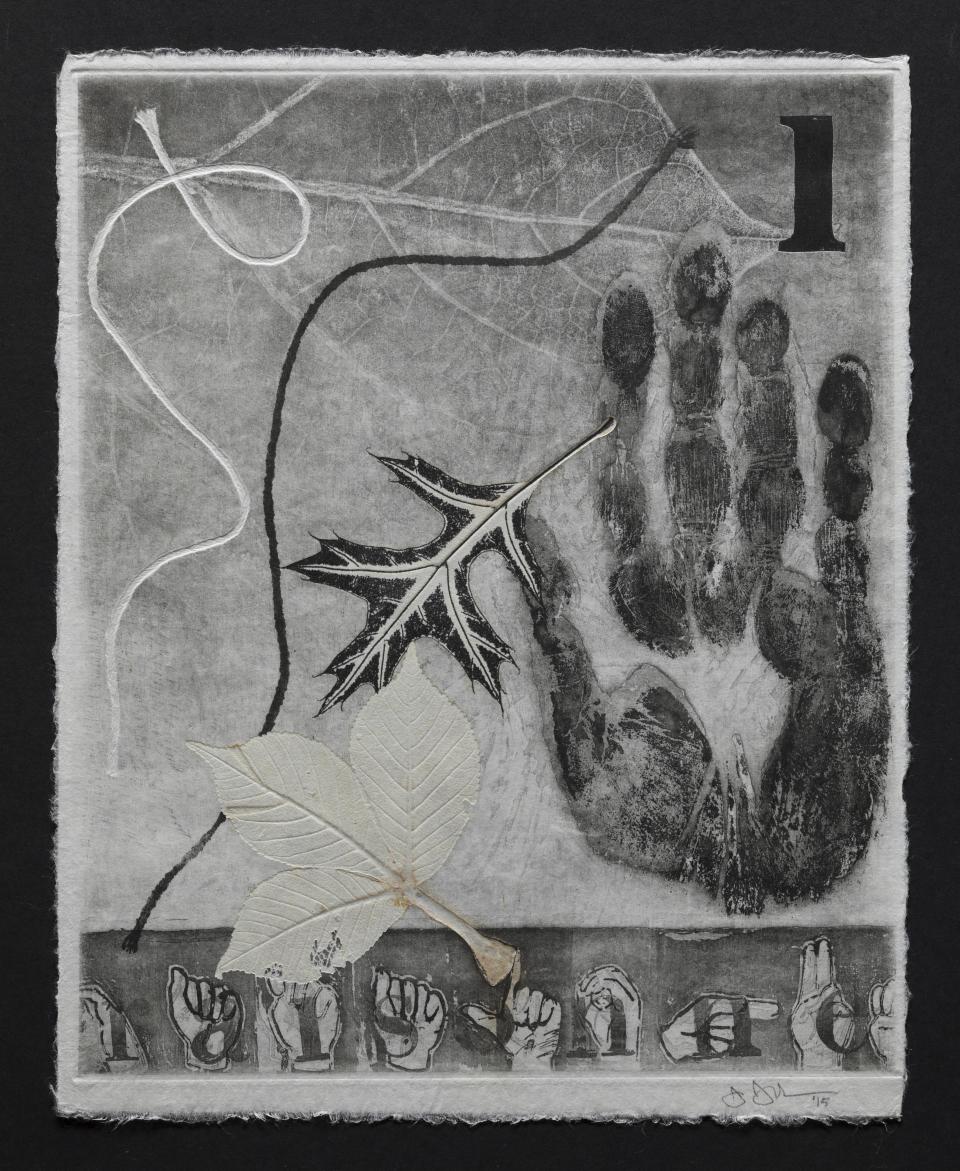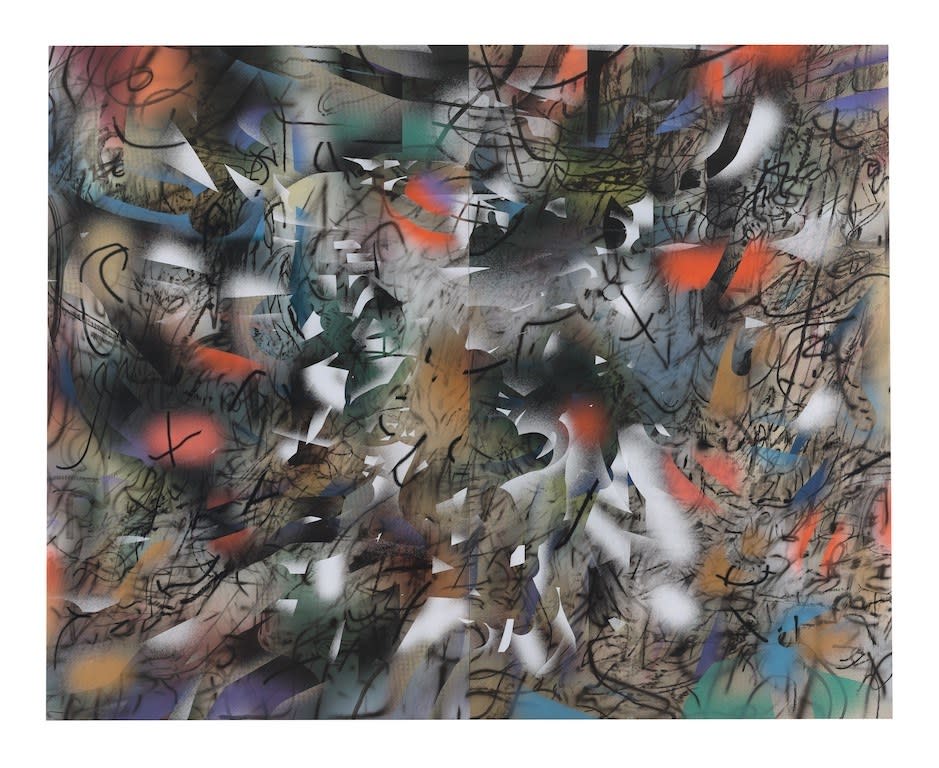16 Art Exhibitions Worth Escaping to This Holiday Season
It is a truth universally acknowledged that the holiday season, lovely as it is, can also be rather exhausting. There’s so much to do in those five short weeks—from buying gifts to prepping meals and receiving relatives—that a free afternoon can’t be taken for granted. So why not spend it in the civilizing thrall of great art?
Whether you’re grasping for ways to engage your guests or planning a personal day over Thanksgiving break, consider the scores of exhibitions that will be up between now and New Year’s Day. On short notice—and even a shrunken budget—there are few more reliable reprieves.
The new(-ish) MoMA
Four months and nearly half a billion dollars later, New York’s Museum of Modern Art is officially open again, and with 30% more gallery space. The classics—by Brancusi, Van Gogh, Matisse, Picasso, Monet, and more—all remain. But among the shiny, new things to behold are an interactive installation by the French artist Philippe Parreno in the lobby (viewable without paying the museum’s admission fee!); a new studio for experimental and performing arts on the fourth floor (presently occupied by David Tudor’s Rainforest V (Variation 1); and a show devoted to Betye Saar’s evocative printmaking practice, on through January 4.
Man Ray at Di Donna
Man Ray may best be remembered for his artful fashion photography—among other, more outré contributions to the prewar avant-garde—but an exciting new show at Di Donna reveals an entirely different side of his artistic practice: scores of stylish oils and works on paper, executed over several decades. Enigma and Desire: Man Ray Paintings (through December 13) will be the first exhibition of these largely Surrealist works, all of which speak persuasively to Man Ray’s facility (and ingenuity) across mediums.

Manet two ways
At the Frick Collection in New York and J. Paul Getty Museum in Los Angeles, two tributes to Édouard Manet recapture his pioneering vision. Through its ties to the Norton Simon Museum in Pasadena, the Frick has assembled a trio of intriguing canvases—Madame Manet (circa 1876), a portrait of the artist’s wife, Suzanne (née Leenhoff); The Ragpicker (circa 1865–71); and Still Life With Fish and Shrimp (1864). At the Getty, meanwhile, Manet and Modern Beauty—which traveled from the Art Institute of Chicago—clocks the influence of contemporary feminine aesthetics and other seeming frivolities on Manet’s later output. “Vibrant, poetic, and indescribably beautiful,” Mary Tompkins Lewis writes in her review for the Wall Street Journal, Manet’s late floral still lifes “testify, as does the show in its entirety, to the painter’s enduring pictorial powers and place in the modernist canon.” Manet: Three Paintings From the Norton Simon Museum is on through January 5; Manet and Modern Beauty at the J. Paul Getty Museum’s Getty Center is on through January 12.

John and Johns
At the Morgan Library and Museum, John Singer Sargent: Portraits in Charcoal (on through January 12) gathers gorgeous evidence of Sargent’s keen eye and sensitive hand as a draftsman. In 1907, at age 51, the artist closed his painting studio, limiting most of his subsequent portrait commissions to charcoal drawings. Although he made hundreds, this exhibition is the first to bring Sargent’s work in that medium to the fore. At the same time, the Museum of Fine Arts in Houston presents Jasper Johns: 100 Variations on a Theme (through February 16), a series of 100 prints executed by the artist in 2015. Picking up on methods and symbols that recur throughout his oeuvre, the show anticipates a major retrospective of Johns’s work at both the Whitney and the Philadelphia Museum of Art in the coming year, timed to coincide with his 90th birthday.
Richard Serra at Gagosian
The American sculptor Richard Serra gives his steely modernism seductive shape with Reverse Curve—a gently undulating wall of metal plates some 13 feet tall and 99 feet long—one of a suite of pieces mounted at Gagosian this fall. “Serra’s biggest works have always been ferocious and meditative, elegant and, in a moment, threatening,” writes Architectural Digest’s Alexandra Peers, “and Reverse Curve is all that: suggesting, in spots, a wall of protection or exclusion; a building collapsing; or a bolt of rust-colored cloth suspended and swirling. It is, for something hard and mean and powerful, gorgeous.” On view at 522 West 21st Street through February 1.

Julie Mehretu at LACMA
Co-organized with the Whitney, which will host it next year, Julie Mehretu’s mid-career survey at LACMA takes stock of how “history, colonialism, capitalism, geopolitics, war, global uprising, diaspora, and displacement” have shaped her art—and how that art, in turn, has incorporated mapping, iconography, abstraction, and some figuration into its pictorial lexicon. Often, Mehretu’s paintings call to mind the chaos of contemporary life, but when they don’t, her urgent brushstroke feels exuberantly extemporaneous, rather like a jazz riff. “I really try to think about painting…[as] dealing with things that we don’t have proper language for,” Mehretu told ArtNet this summer, “when language isn’t enough.” On view from November 3 through May 17.
Minimalist masters at Pace Gallery
As Pace continues to break in its huge, new Chelsea headquarters, Mary Corse and Richard Tuttle will make subtler—but no less compelling—impressions. Corse, whose monochrome picture planes and “light paintings” recall the likes of Barnett Newman, Agnes Martin, and James Turrell (a great champion of hers), will show 10 large-scale canvases completed in the last year, while Tuttle’s exhibition revisits a set of elegantly spare ink and watercolor drawings (plus one sculptural piece) from the 1970s. Richard Tuttle: Basis, 70s Drawings is on view through December 21. Mary Corse: Recent Paintings is on view from November 8 through December 21.
Wonder women at David Zwirner
Helping to close out the year at David Zwirner are two eagerly anticipated solo shows; one for the German-born, London-based painter Tomma Abts, and one for the Japanese artist Yayoi Kusama. They make an exciting doubleheader: While Abts’s intimate compositions look ever inward, adhering to an inspired internal geometry (“I do think my work is a little representational, but I just can not tell you what they are representational of,” she told the Chicago Tribune late last year), Kusama’s painting, sculpture, and installation work is known to completely transform its physical environment. Take, for instance, her new Infinity Mirrored Room — Dancing Lights That Flew up to the Universe, a spectral experience created from continuously mirrored and flickering light. Tomma Abts is on view at 533 West 19th Street from November 6 through December 14. Kusama’s Every Day I Pray for Love is on view at 537 West 20th Street from November 9 through December 14.

Design in America
In the latter 1930s, László Moholy-Nagy and Ludwig Mies van der Rohe fled war-torn Europe for Chicago, where—at the IIT Institute of Design and the Illinois Institute of Technology, respectively—each man got right to work spreading the gospel of the Bauhaus. Open from 1919 to 1933, the German design school had endeavored to establish a creative language that informed not only painting and sculpture, but architecture and crafts as well. In Bauhaus Chicago: Design in the City at the Art Institute of Chicago (November 23 through April 26), furniture, art objects, and urban plans become the lens through which we reexamine the Bauhaus’s Midwestern legacy. Elsewhere, the Philadelphia Museum of Art tackles another chapter in American design history with Off the Wall: American Art to Wear (November 10 through May 17). Between 1967 and 1997, artists like Lenore Tawney, Sharron Hedges, and Janet Lipkin gave the tradition of tapestry weaving new mobility, crafting singular artworks that doubled as viable garments (capes, tops, hats, socks, and more). According to Julie Schafler Dale—whose promised gift to the museum makes up the bulk of the exhibition—the “art to wear” movement was “a form of body adornment that [celebrated] personal expression.”
Originally Appeared on Vogue

